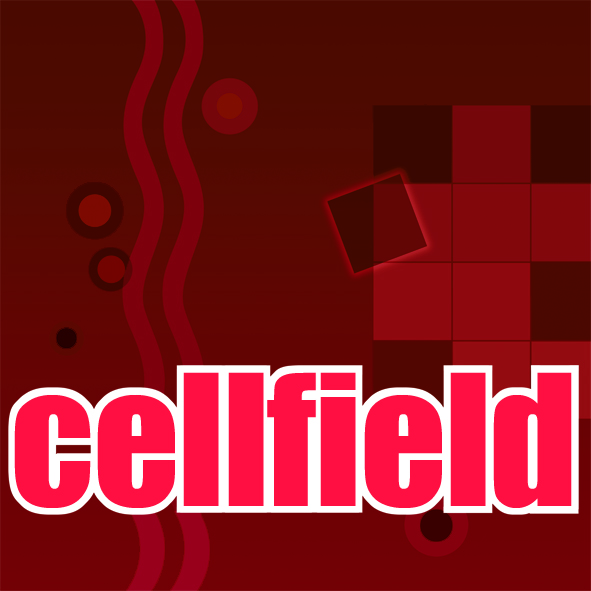The Cellfield programme is a breakthrough approach designed to test and treat reading disorders by addressing the core issues that hinder a child’s ability to learn how to read. Grounded in advanced brain scanning research, it identifies that reading disabilities stem not only from auditory or language processing challenges, but also from visual processing difficulties—especially in the crucial bridging areas that connect visual input to auditory interpretation.
Using cutting‐edge computer science, Cellfield uniquely targets all three processing areas simultaneously, enabling children to experience remarkable, step-change improvements in their reading skills. Research has demonstrated that within just a two‐week treatment, participants can gain up to 12 months’ improvement in comprehension skills and 23 months in decoding ability.
The Cellfield treatment incorporates a patented motion graphics design. This dynamic interface continuously moves over words and sentences, systematically stimulating the transient vision centres in the brain. These these visuals act as a moving mask that challenges the brain to fill in the missing pieces of text, reinforcing both visual and auditory processing skills.
In addition, the programme includes targeted exercises that enhance phonological awareness through rhyme and sound differentiation activities, as well as demanding decoding and encoding tasks resulting in dramatic improvement in decoding ability.
Typically delivered in ten one-hour sessions over approximately two weeks, the treatment is structured to become progressively more challenging. This ‘difficult but achievable’ approach, supported by trained clinicians and an engaging scoring system, motivates children to consistently build on their progress.
For more detailed information on the scientific foundations and efficacy of the programme, please refer to the research studies available below. Contact us to discuss how the Cellfield programme can help meet your child’s unique needs.
Research papers:
Prideaux et al 2005, Australian journal of learning disabilities
coltheart Cellfield_Report_12_Aug_2009
See more information on the Cellfield website.
Contact us for more information or to discuss your child’s needs.


